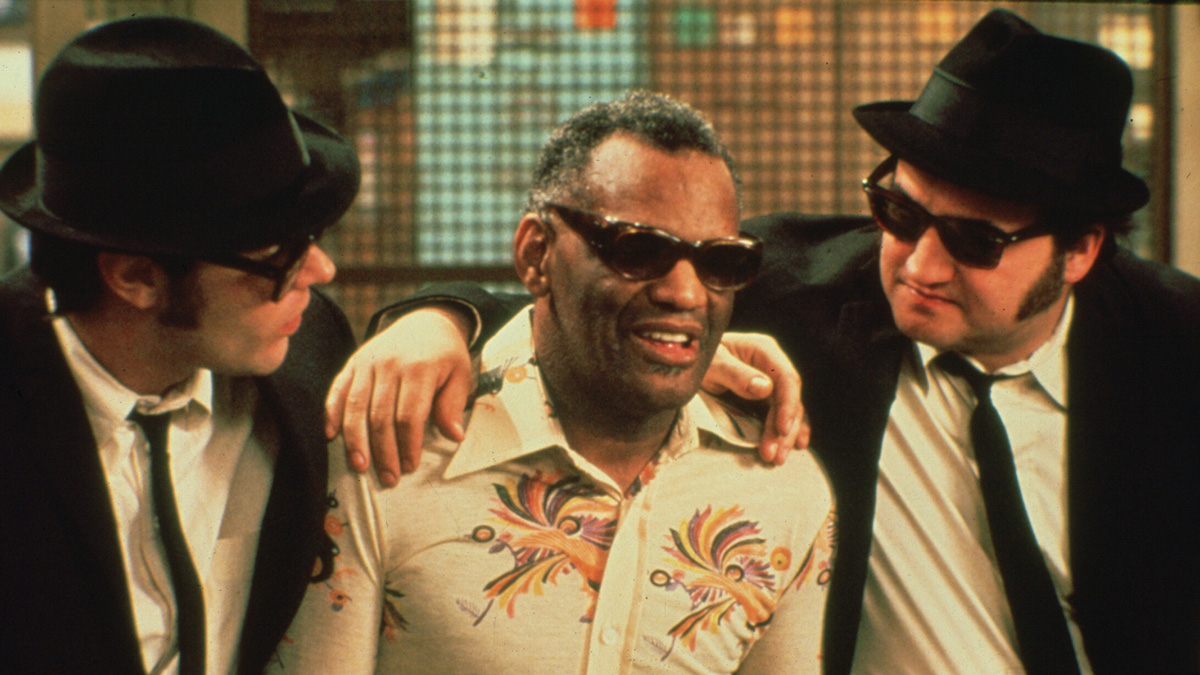
(c) Photofest / Getty Images
More than 40 years after the production of “The Blues Brothers,” what is its destructive power that still remains undiminished?
2019.11.21
Black music legends making a comeback
This is a long introduction, but let's talk about one of the two pillars, "music." Fans of black music will be familiar with the gorgeous lineup of artists appearing in this work. Cab Calloway, who played the orphanage caretaker, was a singer and entertainer who was active in the 1930s and 1940s. James Brown , The Godfather of soul music, plays the role of a pastor, and Aretha Franklin , also known as the Queen of Soul, plays the lead role of the female diner. The man behind the music store is R&B legend Ray Charles . Also playing on the street is legendary blues musician John Lee Hooker . Anyway, it's an incredibly luxurious look.

"The Blues Brothers" (C) 1980 Universal Studios. All Rights Reserved.
However, as I mentioned earlier, black music at this time was at its peak of disco, and it was a difficult time for artists like them who continued the tradition of black music. The slump in sales was particularly severe for artists like James Brown and Aretha Franklin, who established an era and were therefore required by record companies to sell more.
I don't know whether it's because of this, or because they're artists who give their all, or both, but both Brown and Franklin give divine performances at key moments in the film. Brown is sweaty and hoarse as he dances and sings gospel music in church. On the other hand, Franklin enthusiastically sang his signature song ``Think'' as if representing the feelings of the character he played in the play, completing the musical sequence.
franklin "sink" musical scene
Both Brown and Franklin used their well-received appearances in this film as a springboard to return to the charts in the mid-'80s. In terms of movie-related songs, the former is " Living in America, " which was used in " Rocky IV, " and the latter is the theme song for "Jumping Jack Flash, " starring Whoopi Goldberg. As a side note, according to Brown's autobiography, `` I'm JB! '', he was once in love with Franklin in the 1960s.
Brown and Franklin took different approaches to recording the songs in the film. For the former, the performance and passionate singing were simultaneously recorded. The latter was filmed in conjunction with a pre-recorded sound source. However, each scene was said to be difficult. This is because even though they both sing the same song, it will be completely different the first time and the second time. Although this is an artistic style, it is a big hindrance to capturing it in a movie. In Brown's case, there is no room for mistakes because he is recording in one shot. In Franklin's case, the movements of his mouth during the filming did not match the recorded sound source. This caused a lot of trouble for both the filming and editing staff.

